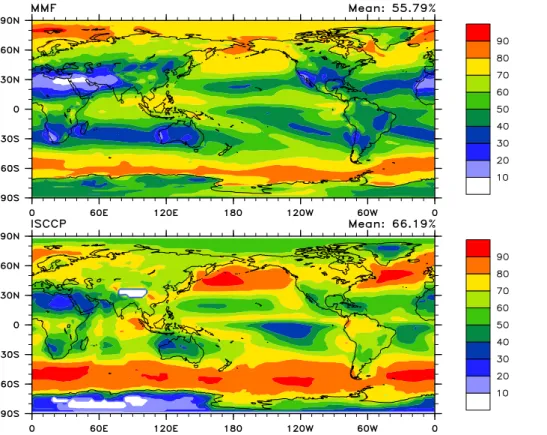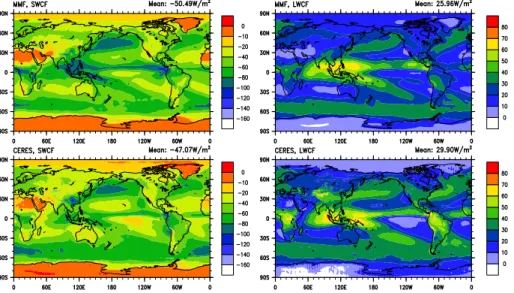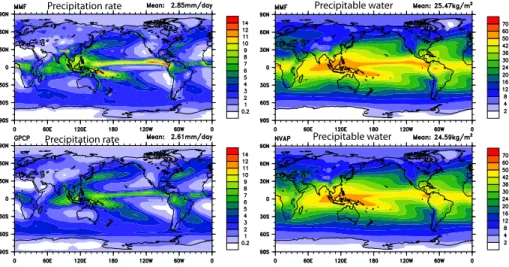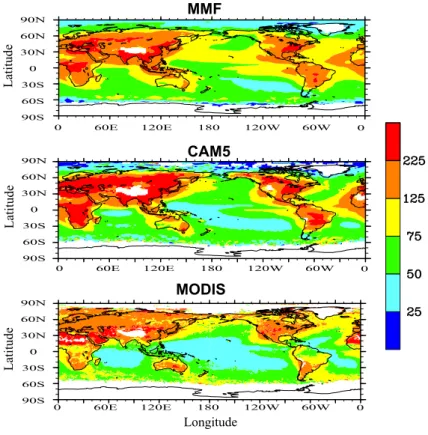Aerosol indirect effects in a multi-scale aerosol-climate model PNNL-MMF
Texto
Imagem




Documentos relacionados
In that paper, several cloud fields with the same stochastic properties as real clouds are generated assuming variable cloud tops, vertical profile of water droplet, mixed phase,
P ¨oschl, U.: Aerosol- and updraft-limited regimes of cloud droplet formation: influence of par- ticle number, size and hygroscopicity on the activation of cloud condensation
A nucleation scavenging scheme that diagnoses cloud scavenging ratios for aerosol mass and number distributions based on cloud droplet and ice crystal number concen- trations has
The second aerosol indirect e ff ect – the cloud life-time or Albrecht-e ff ect – in- volves aerosol particles altering the cloud macro-structure (Albrecht, 1989; Pincus and
We find that neglecting transport of cloud-borne particles introduces little error, but that diagnosing cloud- borne particles produces global mean biases of 20% and lo- cal errors
Relationship between aerosol number concentration and cloud droplet number concen- tration (CDNC) with (a) showing that the volcanically induced cloud albedo e ff ect is larger
We have seen that aerosol effects on accumulated surface precipitation are small, and we have explained this by the micro- and macrophysical buffers. Does the near-surface
mixing ratio of 5 hydrometeors (cloud water, cloud ice, rain water, snow, graupel/hail) in every time step using prognostic equation saturation process and microphysical in-





